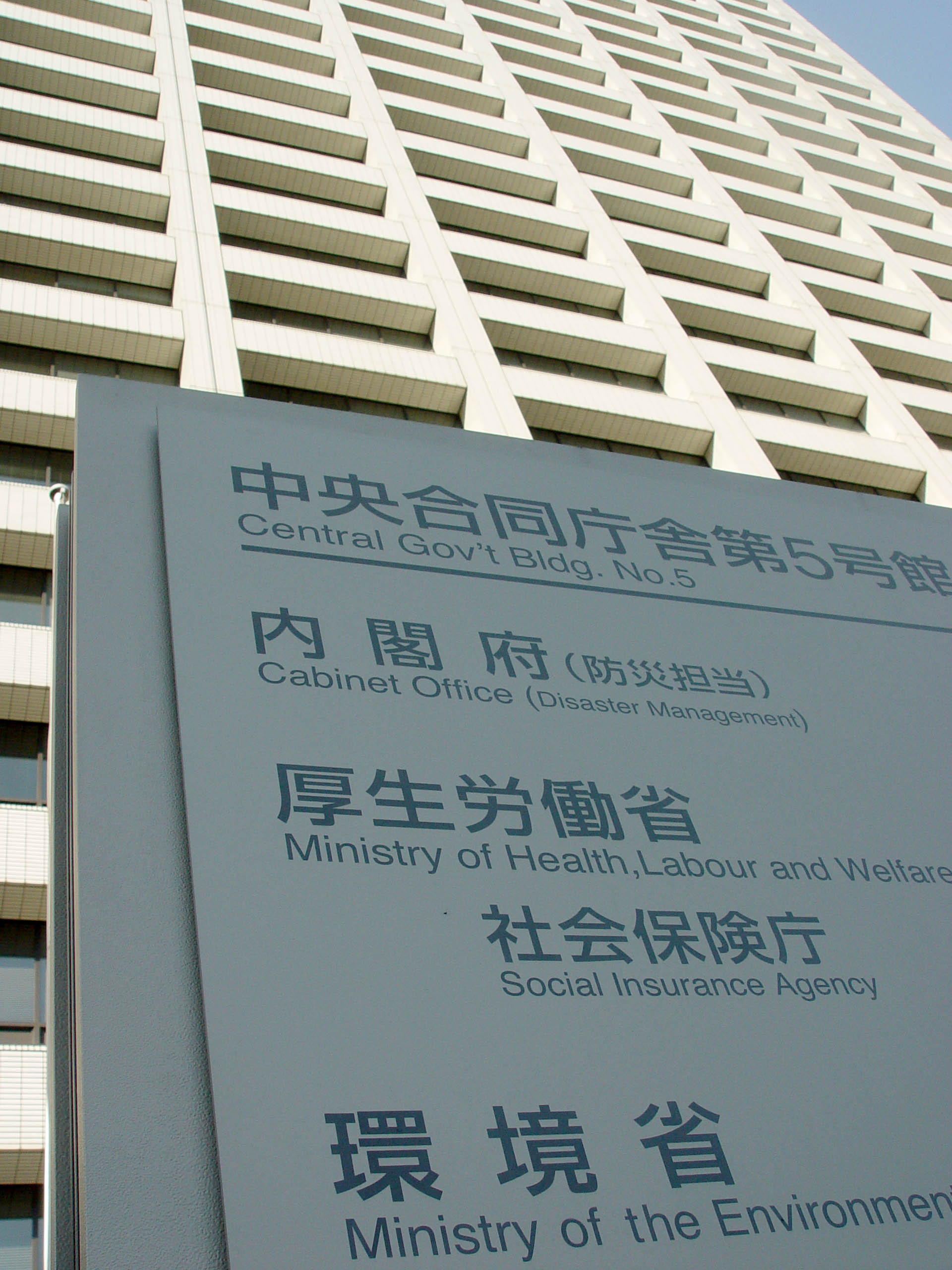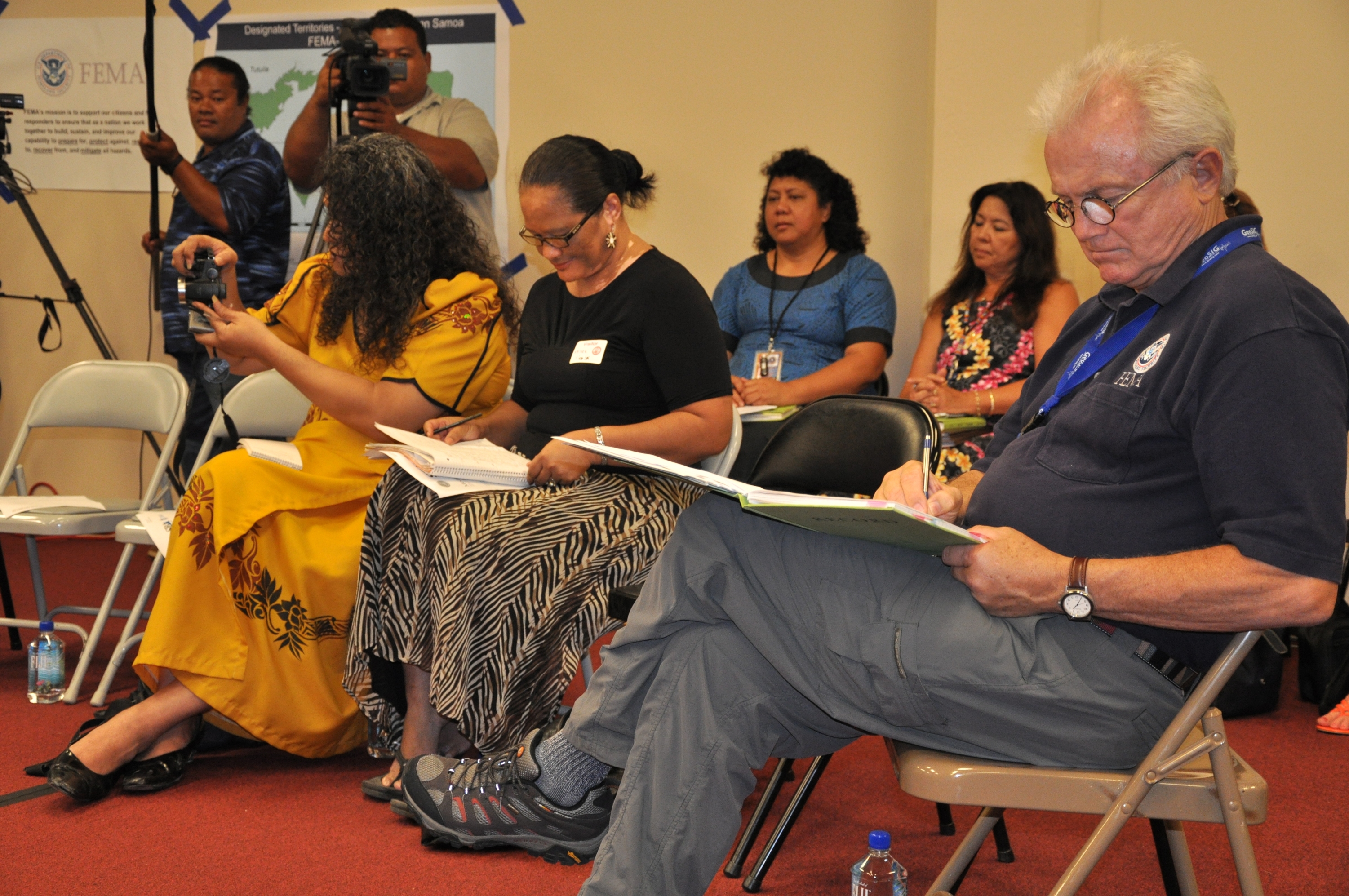|
2001 Central Government Reform
The by the Japanese government involved the establishment of a new ministry, the merging of existing ministries and the abolition of others. This resulted in little more than a change of ministry names (with the exception of the Environment Agency which gained ministry status — a longtime goal). The objectives of the reform were: # Establishing a System with More Effective Political Leadership # Restructuring of National Administrative Organs # More Transparent Administration # Drastic Streamlining of the Central Government Establishing a System with More Effective Political Leadership Amendment of Cabinet Law # The government put emphasis on the principle that sovereign power resides with the people in the article 1 on amendment of the Cabinet Law. # The number of Ministers of State has been changed to "not more than fourteen" from "not more than twenty". # Prime minister's authority to propose and cabinet secretary's planning and drafting function have been clarified. ... [...More Info...] [...Related Items...] OR: [Wikipedia] [Google] [Baidu] |
Japanese Government
The Government of Japan is the central government of Japan. It consists of legislative, executive and judiciary branches and functions under the framework established by the Constitution of Japan. Japan is a unitary state, containing forty-seven administrative divisions, with the emperor as its head of state. His role is ceremonial and he has no powers related to the Government. Instead, it is the Cabinet, comprising the prime minister and the ministers of state, that directs and controls the government and the civil service. The Cabinet has the executive power and is formed by the prime minister, who is the head of government. The Prime Minister is nominated by the National Diet and appointed to office by the Emperor. The current cabinet is the Second Ishiba Cabinet, which was formed on 11 November 2024 and is led by prime minister Shigeru Ishiba who assumed office on 1 October 2024. The country has had a Liberal Democratic– Komeito coalition minority government si ... [...More Info...] [...Related Items...] OR: [Wikipedia] [Google] [Baidu] |
Ministry Of The Environment (Japan)
The is a Cabinet-level ministry of the government of Japan responsible for global environmental conservation, pollution control, and nature conservation. The ministry was formed in 2001 from the sub-cabinet level Environmental Agency established in 1971. The Minister of the Environment is a member of the Cabinet of Japan and is chosen by the Prime Minister, usually from among members of the Diet. In March 2006, the then-Minister of the Environment Yuriko Koike, created a '' furoshiki'' cloth to promote its use in the modern world. In August 2011, the Cabinet of Japan approved a plan to establish a new energy watchdog under the Environment Ministry, and the Nuclear Regulation Authority was founded on September 19, 2012. Organization * Minister's Secretariat (大臣官房) * (総合環境政策統括官) * Global Environment Bureau (地球環境局) * Environment Management Bureau (水・大気環境局) * Nature Conservation Bureau (自然環境局) * (環境再生・� ... [...More Info...] [...Related Items...] OR: [Wikipedia] [Google] [Baidu] |
Government Of Japan
The Government of Japan is the central government of Japan. It consists of legislative, executive (government), executive and judiciary branches and functions under the framework established by the Constitution of Japan. Japan is a unitary state, containing forty-seven Administrative divisions of Japan, administrative divisions, with the Emperor of Japan, emperor as its head of state. His role is ceremonial and he has no powers related to the Government. Instead, it is the Cabinet of Japan, Cabinet, comprising the Prime Minister of Japan, prime minister and the Minister (government), ministers of state, that directs and controls the government and the Civil service of Japan, civil service. The Cabinet has the executive power and is formed by the prime minister, who is the head of government. The Prime Minister is nominated by the National Diet and Imperial Investiture, appointed to office by the Emperor. The current cabinet is the Second Ishiba Cabinet, which was formed on 11 ... [...More Info...] [...Related Items...] OR: [Wikipedia] [Google] [Baidu] |
Public Relations
Public relations (PR) is the practice of managing and disseminating information from an individual or an organization (such as a business, government agency, or a nonprofit organization) to the public in order to influence their perception. Public relations and publicity differ in that PR is controlled internally, whereas publicity is not controlled and contributed by external parties. Public relations may include an organization or individual gaining exposure to their audiences using topics of public interest and news items that do not require direct payment. The exposure is mostly media-based, and this differentiates it from advertising as a form of marketing communications. Public relations often aims to create or obtain coverage for clients for free, also known as earned media, rather than paying for marketing or advertising also known as paid media. However, advertising, especially of the type that focuses on distributing information or core PR messages, is also a part ... [...More Info...] [...Related Items...] OR: [Wikipedia] [Google] [Baidu] |
Financial Services Agency
The is a Japanese government agency and an integrated financial regulator responsible for overseeing banking, securities and exchange, and insurance sectors in order to ensure the stability of the financial system of Japan. The agency operates with a Commissioner and reports to the Minister of State for Financial Services. It oversees the Securities and Exchange Surveillance Commission and the Certified Public Accountants and Auditing Oversight Board. Its main office is located in Tokyo. History The FSA was established on July 1, 2000 by the merger of the Financial Supervisory Agency with the Financial System Planning Bureau, a bureau of the Ministry of Finance. The Financial Supervisory Agency had been established in 1998, amid severe instability in the Japanese financial system, to conduct concentrated inspections of Japanese financial institutions in coordination with the Bank of Japan. The FSA was under the supervision of the Financial Reconstruction Commission (FRC) unti ... [...More Info...] [...Related Items...] OR: [Wikipedia] [Google] [Baidu] |
Independent Administrative Institution
An , or Independent Administrative Institution, is a type of legal corporation formulated by the Government of Japan under the Act on General Rules for Incorporated Administrative Agencies (Act no. 103 of 1999, revised in 2014). The independent agencies are not under the National Government Organization Act that provides for the ministries and agencies of Japan. Originally proposed by the Administrative Reform Council, the independent agencies are created based on the concept of separating the ministries and agencies of the government into planning functions and operation functions. Planning functions remain within government-based ministries and agencies while operating functions are transferred to the independent agencies. Incorporated Administrative Agencies utilize management methods of private-sector corporations and are given considerable autonomy in their operations and how to use their given budgets. In April 2001, the government first designated 59 bodies as the independ ... [...More Info...] [...Related Items...] OR: [Wikipedia] [Google] [Baidu] |
Politics Of Post-war Japan
Politics () is the set of activities that are associated with making decisions in groups, or other forms of power relations among individuals, such as the distribution of status or resources. The branch of social science that studies politics and government is referred to as political science. Politics may be used positively in the context of a "political solution" which is compromising and non-violent, or descriptively as "the art or science of government", but the word often also carries a negative connotation.. The concept has been defined in various ways, and different approaches have fundamentally differing views on whether it should be used extensively or in a limited way, empirically or normatively, and on whether conflict or co-operation is more essential to it. A variety of methods are deployed in politics, which include promoting one's own political views among people, negotiation with other political subjects, making laws, and exercising internal and external f ... [...More Info...] [...Related Items...] OR: [Wikipedia] [Google] [Baidu] |
Heisei Era
The was the period of Japanese history corresponding to the reign of Emperor Akihito from 8 January 1989 until his abdication on 30 April 2019. The Heisei era started on 8 January 1989, the day after the death of the Emperor Hirohito, when his son, Akihito, acceded to the throne as the 125th Emperor. In accordance with Japanese customs, Hirohito was posthumously renamed "Emperor Shōwa" on 31 January 1989. Thus, 1989 corresponds to Shōwa 64 up until 7 January and from 8 January. The Heisei era ended on 30 April 2019 (Heisei 31), with the abdication of Akihito from the Chrysanthemum Throne. It was succeeded by the Reiwa era as then-crown prince Naruhito ascended the throne on 1 May midnight local time. History and meaning Shortly after the death of Emperor Hirohito on 7 January 1989, Keizō Obuchi, then- Chief Cabinet Secretary and later Prime Minister of Japan, hosted a press conference to announce the new era name "Heisei" for Emperor Akihito, and explained its mean ... [...More Info...] [...Related Items...] OR: [Wikipedia] [Google] [Baidu] |
2001 In Japanese Politics
1 (one, unit, unity) is a number, numeral, and glyph. It is the first and smallest positive integer of the infinite sequence of natural numbers. This fundamental property has led to its unique uses in other fields, ranging from science to sports, where it commonly denotes the first, leading, or top thing in a group. 1 is the unit of counting or measurement, a determiner for singular nouns, and a gender-neutral pronoun. Historically, the representation of 1 evolved from ancient Sumerian and Babylonian symbols to the modern Arabic numeral. In mathematics, 1 is the multiplicative identity, meaning that any number multiplied by 1 equals the same number. 1 is by convention not considered a prime number. In digital technology, 1 represents the "on" state in binary code, the foundation of computing. Philosophically, 1 symbolizes the ultimate reality or source of existence in various traditions. In mathematics The number 1 is the first natural number after 0. Each natural number, ... [...More Info...] [...Related Items...] OR: [Wikipedia] [Google] [Baidu] |




